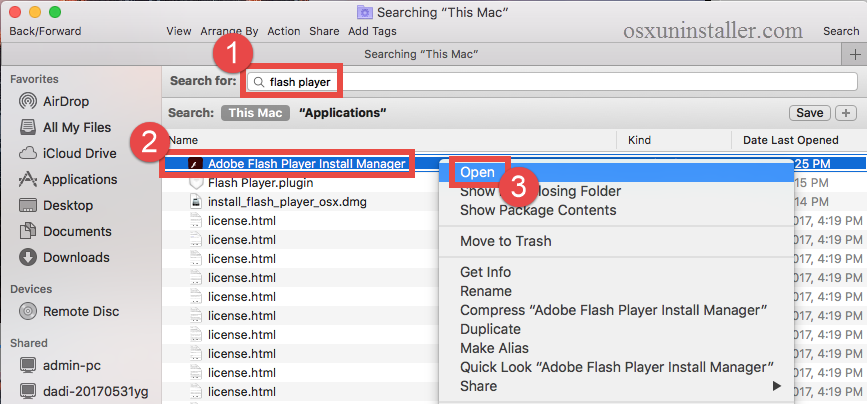
The increasing use of the Flash Player installer for malware purposes also likely hastened its demise. However, as browsers improved and open standards such as HTML5, WebGL, and WebAssembly were introduced, Flash lost its place as the predominant method of providing interactivity. Flash was very popular because it offered web developers and media designers more options than HTML, animated GIFs, and other basic technologies of the time. Flash was an important element of early web browsing, used to enable various animations, forms, and other interactive elements on a website for one user. Here’s how to get rid of this relic from an earlier era of web browsing.

It’s 2021 and Adobe no longer supports Flash Player. So, you should probably take the two minutes (or less) and just get rid of it.Check How to Uninstall Adobe Flash from macOS However, since Adobe won't be providing software updates to Flash Player anymore, it could be a security risk to your computer - which is why Adobe is recommending that you uninstall it. It's not exactly the end of the world if you don't uninstall Flash Player, and you'll still be able to use it after the January 12 deadline. If you have a PC, follow these instructions.If you have a Mac, follow these instructions.

Thankfully, Adobe has made it pretty easy to uninstall Flash Player by releasing support pages that walk you through the process. Click on UNINSTALL to proceed and you’ll need to enter your administrative password: Next up. But it’s a bit more confusing than you may expect.

And while it's a little later than expected, Adobe says that it will block Flash content from running in Flash Player beginning January 12 - which is next Tuesday. Once it’s downloaded, you’ll see the Uninstaller show up on its own virtual drive: Double click to launch the app. The company announced back in 2017 that it would be killing off Flash Player by the end of 2020.


 0 kommentar(er)
0 kommentar(er)
